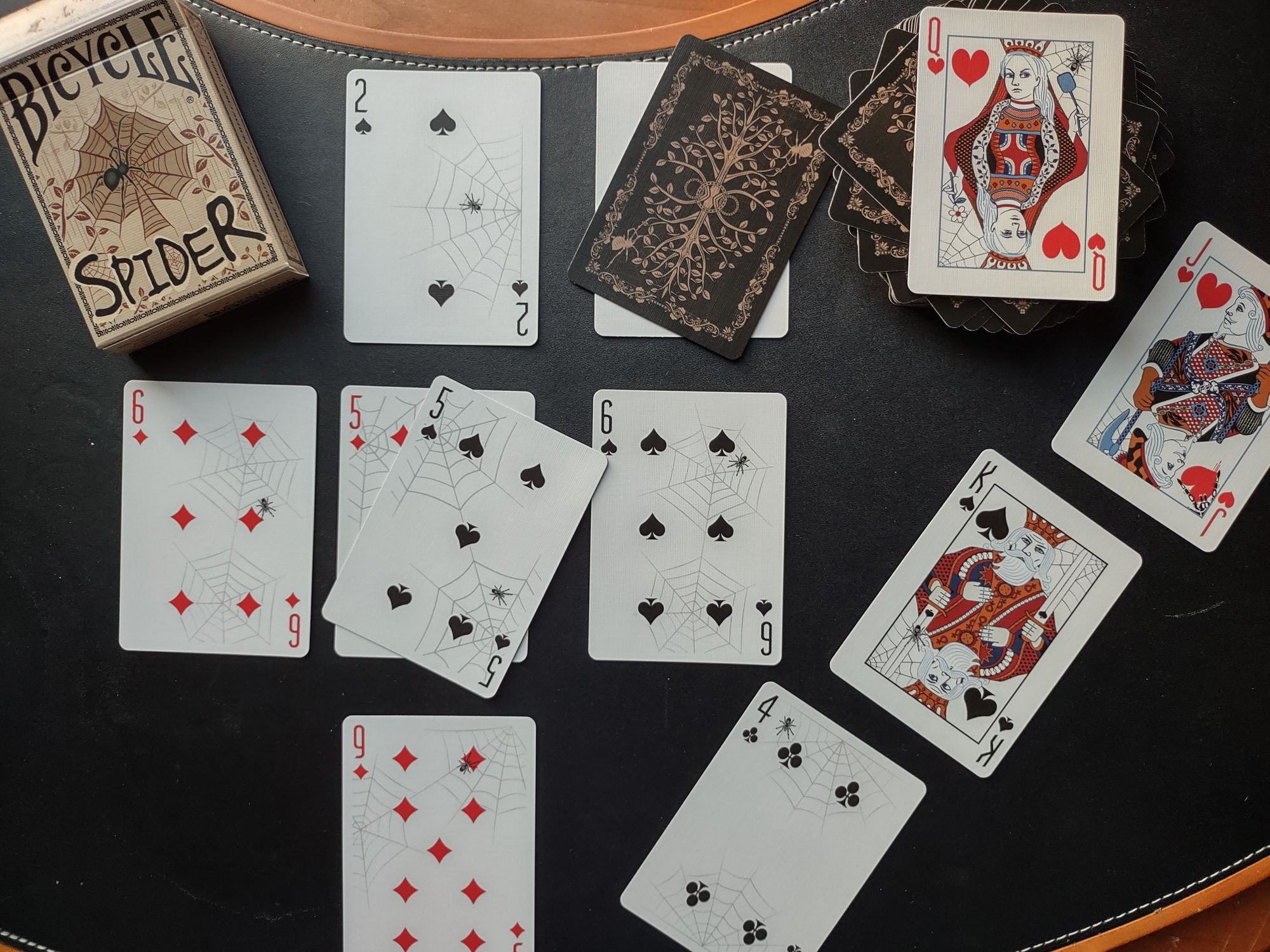X: Pitchfork
Where did the devil's pitchfork come from?

Good morning. Today is décadi, the 20th of Prairial, Year CCXXXI. We celebrate la fourche, a tool for moving hay around or waving around threateningly at kings.
Why does the devil carry a pitchfork? More to the point: does the devil carry a pitchfork? While I'm not inclined or equipped to answer questions about the metaphysical devil's actual personal belongings, there's still an interesting debate to be had about the cartoonish or simplified depictions of the devil, and just what instrument he carries around to poke people in the tush with.
The accepted answer in the scholarly circles of most religious historians is that the devil's implement is not technically a pitchfork, but a trident, and indeed, many Halloween costumes opt for the barbed tines of a trident for just that extra touch of evil (along with a matching triangle-tipped tail for one last barb).
In this view, the devil is not a pure artifact of Christian texts, but an amalgamation of several religious traditions that have been mashed up over the years. From the Bible's book of Revelations, we get the horns and the forked tongue: “Then I saw another beast which rose out of the earth; it had two horns like a lamb and it spoke like a dragon” (Revelations 13:11). And from Greco-Roman mythology we get the cloven hooves on goat legs along with the trident, borrowing from both the appearance of the perpetually horny Pan and the keeper of the underworld Hades.
The trident in particular was a mythological symbol of otherworldly royalty. The most notable carrier of the trident was Poseidon / Neptune, who naturally would command the seas with an implement for fishing, just as land-based rulers would carry the symbol of bossing around sheep, the crook.
Hades, on the other hand, typically carried a bident, a similar implement but missing the center prong, which was used for harrowing the ground and thus became associated with ruling the worlds beneath it. Some bidents had a shortened middle prong for guiding the user by scratching the surface between the furrows, helping the harrower drag in a straight line. It's this miniature middle prong that led to the mistaken depiction of a trident in the hand of Hades and, a millennium later, the devil.
The problem for some historians is that 1,000-year gap. Early medieval people weren't well-versed in Greco-Roman mythology, and the first depictions of the Christian devil with a trident appeared in Celtic (non-Latin) cultures prior to the rediscovery and resurgence of all things Athens-and-Rome in the renaissance.
The oldest known drawing of a trident-wielding devil is on a large stone cross in Ireland called Muiredach's High Cross. This massive craving in Monasterboice, County Louth, shows a human caught between the archangel Michael and Old Scratch.

It's unlikely that this devil would be carrying a proper trident, as the Celts had no history of using tridents, or encountering them art, or reading or hearing about them in any way. No, this would be a pitchfork, a ubiquitous farming tool that also doubled as a handy weapon when farmers needed to go to war.
So is it a coincidence then, that the Greco-Roman god of the underworld and the Celtic devil would choose completely different fork-type tools with which to torment souls? Yes, and no.
The conjecture about why the devil carries a pitchfork here is that, aside from its obvious utility as something to poke a person in torturous ways, it's a handy shorthand for the difference between good and evil.
Then, as now, morality was closely (perhaps subconsciously, but sometimes literally and explicitly) tied to wealth. If you're rich, you must be good, because you've been rewarded by the fates and God is the fates. If you're poor, you must be bad, because you live a punishingly hard life and God punishes the wicked. It's the sort of assumption that Jesus very adamantly tried to completely upend, reversing the calculation entirely, but nobody should ever assert that Christians are perfect at paying attention to Jesus Christ.
In the primitive economies of antiquity through the modern age, wealth wasn't so much weighed in gold coin (though that counted, too) as in luxury time. Did you need to work? Then you were poor. Did you receive your food, shelter, and social standing from the circumstances of your birth? Then you were rich. And the rich were rewarded as "royalty," literal moral superiors who passed literal judgement upon the poor. It was only a natural tendency to extend this reality to the heavenly realm.
So the devil carries a pitchfork because he works, which is because he's bad. Or maybe the other way around: the devil is bad, so of course he looks like he works. Either way, the devil's pitchfork wasn't just an instrument of violence, it was an association with the low and the sinful, which most of the common men who didn't join the ascetic life of a church's sacred order (or get born into the rarified atmosphere of royalty) also had to contend with.
As for Michael? He gets to carry a sword, a superior weapon wielded by the wealthy and morally superior in the one labor they found honorable: the righteous killing of rebellious farmers.
The Bible may have stated that man was made in God's image, but the devil's pitchfork was a reminder that man was doomed to live life in Satan's image.
Today's card: Queen of hearts

As suspected, this shadow reading was an elaborate way of spelling out that money and work concerns are not important, no matter what drama is unspooling around us. The more important occurrences are happening with our relationships, where new opportunities for deeper connections are happening. It's a good time to take vacation days and travel to see someone you want to be closer to. That's it for this reading. Tomorrow, we'll start a new one.



